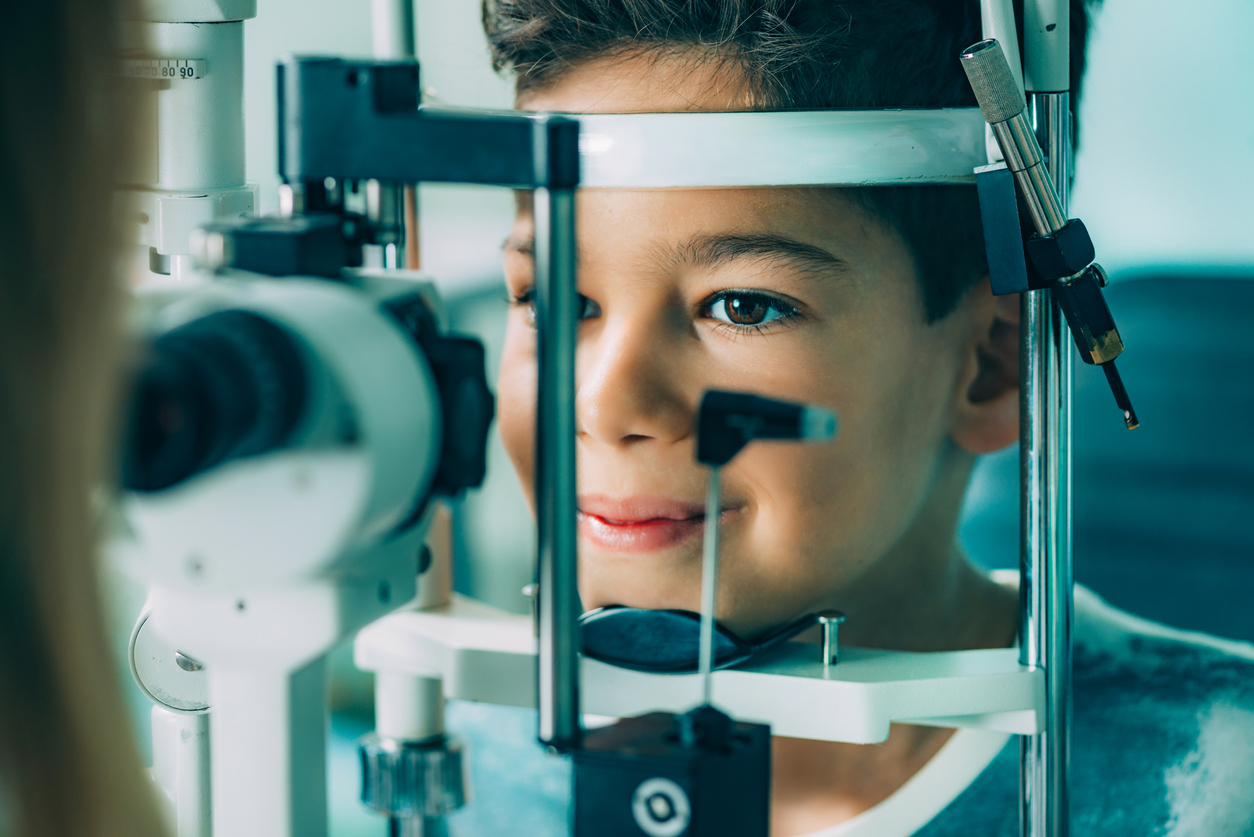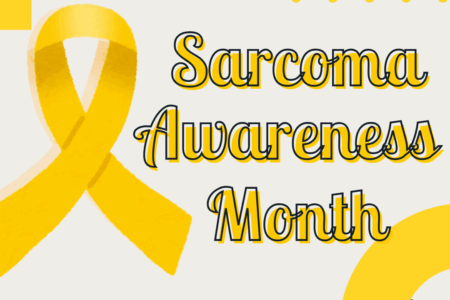
Share On Social!
School supplies, news clothes, and annual check-ups at the doctor are just a few things on a parent’s checklist for the start of a new school year.
But don’t let one major part of a child’s health slip out of sight.
Vision and eye health!
Advocating for Children’s Eye Health
Uncorrected vision problems can hinder child development, interfere with learning, and even lead to permanent vision loss.
That is why Prevent Blindness Texas, an eye health and safety organization, is working to prevent blindness and preserve sight among children and adults by providing support and resources related eye health at all ages.
“Early detection and treatment of eye problems are critical,” according to organization.
To promote early detection of eye issues among children, Prevent Blindness Texas urges:
- Making sure your child’s healthcare provider, educator, or public health program completes regular vision screenings.
- Taking your child to an eye doctor (optometrist or ophthalmologist) if they do not pass a vision screening, are at increased risk of a vision problem due to developmental delay, medical condition, or a family history of vision problems, or if you have a concern about your child’s vision.
- Following all treatment recommendations the eye doctor prescribes for your child, including eyeglasses, wearing an eye patch, medications, and/or surgical recommendations.
Additionally, it helps to know the eye exam or vision screening requirements in your home state.
Thankfully, Prevent Blindness Texas provides a list of vision screening and eye exam requirements for school-aged children by state.
“Any child who experiences vision problems or shows symptoms of eye trouble should receive a comprehensive eye exam by an optometrist or an ophthalmologist,” according to Prevent Blindness Texas.
Latinos and Eye Health
The National Eye Institute reports that Latino adults not only have high rates of eye diseases and conditions like diabetic retinopathy and glaucoma, Latinos also aren’t getting regular dilated eye exams.

The problem also persists with children.
“It has been reported that Latino and African-American children were two to three times more likely to have unmet vision needs,” according to the Children’s Vision and Eye Health: A Snapshot of Current National Issues 2nd Edition report.
The report also identifies that children experiencing health and socioeconomic inequities and have lower rates of vision testing.
Additionally, children also experiencing challenges in visual impairment also face reduced access to care.
For instance, families that lack of health insurance could be less likely to purchase eyeglasses.
“An analysis of children’s vision disorders in 2015 with projections to 2060 indicates significant increases in visual impairment among Hispanic, Asian-American, and multi-racial children 36 months to 72 months old,” according to the report.
Latinos and Eye Health
With these eye health challenges in mind, Prevent Blindness Texas provides a multitude of resources in English and Spanish:
Parents and guardians can also find guidelines for children’s vision health through the Prevent Blindness Texas website.
The organization also has resources on sports eye safety and how to avoid sports eye injuries, as over 25,000 people seek treatment for sports-related eye injuries each year.
Find all this information in English and Spanish.
Envisioning Health Improvement in Your Community
Latinos face critical eye health challenges, but that’s not their only health hurdle.
Learn the whole picture of Latino health with the Salud America! Health Report Card.
Enter your county name and you will get a local report card with maps, information, and data visualizations that reveal the state of access to food, education, health care, housing, and more in your county, compared to the rest of your state and nation.
Share the data with local leaders and health organizations to speak up for change and start important conversations to improve health!
By The Numbers
142
Percent
Expected rise in Latino cancer cases in coming years



